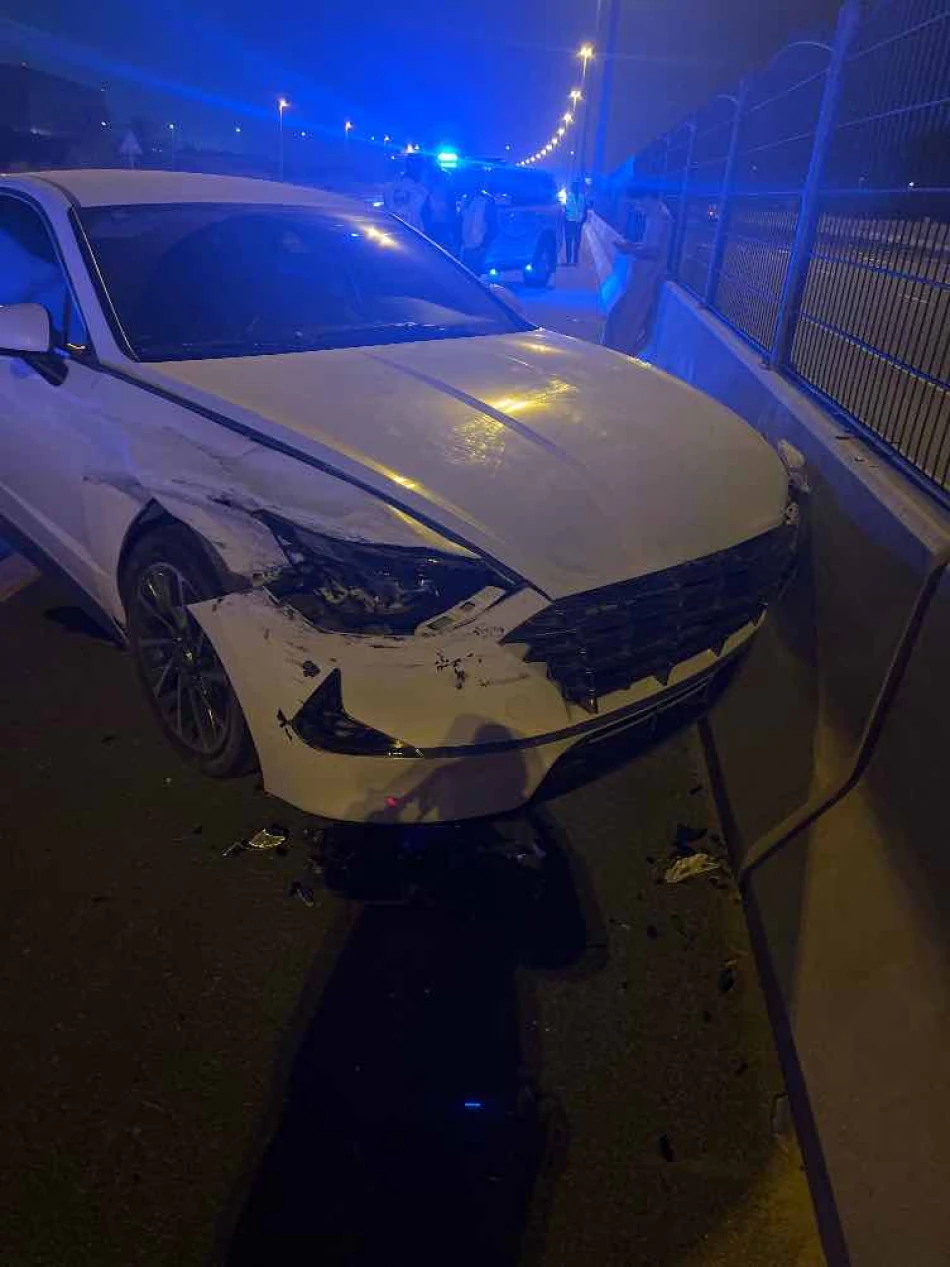
Dubai Police Rescues Driver Whose Cruise Control Malfunctioned on Sheikh Mohammed bin Zayed Road
Dubai Police Execute Flawless Rescue of Driver Trapped in Runaway Vehicle
Dubai's traffic police demonstrated exceptional crisis management when they successfully rescued a driver whose cruise control malfunctioned on Sheikh Mohammed bin Zayed Road, creating a potentially catastrophic runaway vehicle scenario. The incident highlights both the critical importance of vehicle maintenance and the sophisticated emergency response capabilities that have become hallmarks of UAE policing.
Swift Response Prevents Highway Disaster
Acting Director of Dubai Police Traffic Department, Colonel Jumaa Salem bin Suwaidan, revealed that the operations room received an emergency call from a driver who had completely lost control of his vehicle's speed. The cruise control system had locked in the engaged position, rendering both the accelerator and brake pedals ineffective—a nightmare scenario for any motorist.
Within minutes of receiving the distress call, specialized traffic patrol units were deployed to intercept the runaway vehicle. The response team quickly located the car and established a coordinated escort formation, creating protective barriers both ahead and behind the compromised vehicle while simultaneously clearing other traffic from its path.
Professional Crisis Management in Action
The rescue operation showcased textbook emergency response protocols. Traffic officers maintained direct radio communication with the panicked driver, providing step-by-step guidance on emergency procedures while ensuring the safety of other road users. The coordinated effort between the command center and field units created a secure corridor that allowed the driver to eventually bring the vehicle to a safe stop without injuries or property damage.
Technical Failures: A Growing Concern in Modern Vehicles
This incident underscores a concerning trend as vehicles become increasingly computerized. Cruise control malfunctions, while rare, have been documented globally and can create life-threatening situations. Similar cases have occurred in other countries, with some resulting in tragic accidents when proper emergency procedures weren't followed or emergency services couldn't respond quickly enough.
The sophisticated electronic systems that enhance driving comfort also introduce new failure modes that many drivers are unprepared to handle. Unlike mechanical failures that often provide warning signs, electronic malfunctions can occur instantaneously and without warning.
Emergency Protocol: What Every Driver Should Know
Colonel bin Suwaidan emphasized crucial steps drivers should take when facing cruise control failure. The recommended sequence includes maintaining absolute calm, securing seat belts, activating hazard lights and headlights, and immediately contacting emergency services at 999.
Technical Solutions for Runaway Vehicles
The emergency response protocol involves several mechanical interventions: applying steady, gradual pressure to brakes; shifting the transmission to neutral position; progressively engaging the handbrake while maintaining firm steering control; and if necessary, cycling the transmission between neutral and drive positions to reduce speed. These techniques require practice and familiarity to execute safely under extreme stress.
Prevention Through Maintenance
The incident reinforces the critical importance of regular vehicle inspections, particularly for electronic systems that drivers often take for granted. Modern cruise control systems, while generally reliable, require periodic diagnostic checks to identify potential failures before they become dangerous.
Regular maintenance schedules should specifically include electronic system diagnostics, brake system inspections, and transmission checks. The cost of preventive maintenance pales in comparison to the potential consequences of system failure at highway speeds.
Dubai's Emergency Response Excellence
This successful rescue operation demonstrates why Dubai consistently ranks among the world's safest cities for motorists. The seamless coordination between emergency dispatch, field units, and technical specialists reflects years of training and investment in public safety infrastructure.
The incident also highlights the value of driver education programs that prepare motorists for emergency scenarios. Knowledge of proper emergency procedures, combined with professional emergency response capabilities, creates multiple layers of protection that can prevent minor mechanical failures from becoming major tragedies.
Most Viewed News

 Sara Khaled
Sara Khaled






